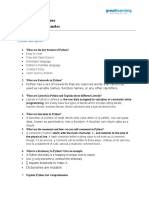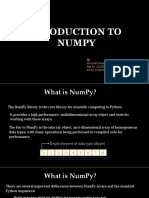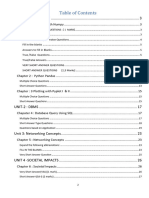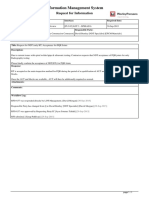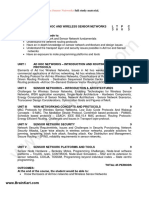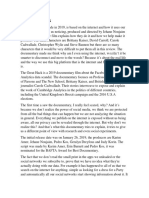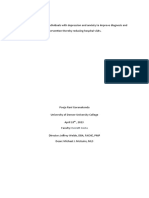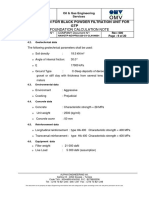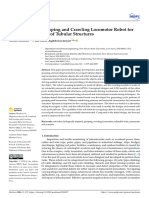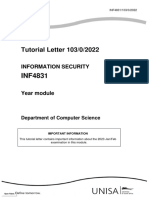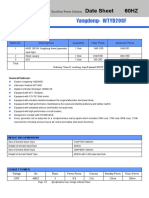0% found this document useful (0 votes)
50 views2 pagesNumpy Pandas Exam Questions
The document contains exam questions on Scientific Computing with NumPy and Pandas, categorized into 2-mark and 5-mark questions. Topics include differences between NumPy arrays and Python lists, broadcasting, array indexing, and basic operations in both NumPy and Pandas. It also covers data loading, filtering, and aggregation techniques in Pandas.
Uploaded by
govind Pothuraju16Copyright
© © All Rights Reserved
We take content rights seriously. If you suspect this is your content, claim it here.
Available Formats
Download as PDF, TXT or read online on Scribd
0% found this document useful (0 votes)
50 views2 pagesNumpy Pandas Exam Questions
The document contains exam questions on Scientific Computing with NumPy and Pandas, categorized into 2-mark and 5-mark questions. Topics include differences between NumPy arrays and Python lists, broadcasting, array indexing, and basic operations in both NumPy and Pandas. It also covers data loading, filtering, and aggregation techniques in Pandas.
Uploaded by
govind Pothuraju16Copyright
© © All Rights Reserved
We take content rights seriously. If you suspect this is your content, claim it here.
Available Formats
Download as PDF, TXT or read online on Scribd
/ 2









